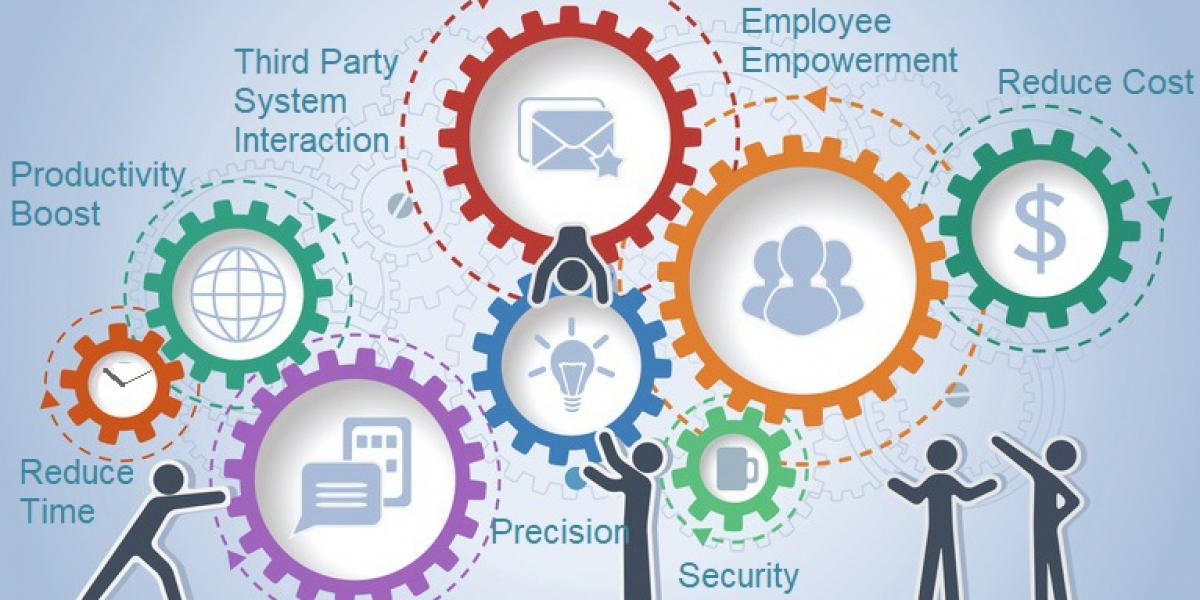In the digital age, having a website is crucial for businesses and individuals alike. It serves as an online presence, a marketing tool, and a hub for information. But having a website isn’t enough; it needs to be properly maintained to ensure it remains functional, secure, and effective. This process, known as website maintenance, is essential for the long-term success of any online presence. What website maintenance entails, why it is important, and the best practices for keeping your site in top shape.
What is Website Maintenance?
Website maintenance refers to the regular tasks and activities performed to keep a website running smoothly. This can include a variety of tasks, such as updating content, fixing bugs, enhancing security, and optimizing performance. Maintenance is a continuous process that involves monitoring and managing different aspects of a website to ensure it meets current standards and serves its intended purpose effectively.
Types of Website Maintenance:
Content Updates: This includes adding new content, such as blog posts or articles, updating existing content, and removing outdated information. Fresh content keeps your site relevant and engaging for visitors.
Security Updates: Websites are vulnerable to security threats like hacking, malware, and data breaches. Regular updates to plugins, themes, and the core platform help patch vulnerabilities and protect your site from these threats.
Technical Updates: This involves updating the website’s underlying technology, including its software, server environment, and any third-party tools or integrations. Keeping these up-to-date ensures compatibility and optimal performance.
Performance Optimization: Websites need to load quickly to provide a good user experience. Performance optimization includes tasks like improving page load speeds, optimizing images, and minimizing server response times.
Backup and Recovery: Regular backups are crucial for data protection. In case of data loss or site failure, having a recent backup allows for quick recovery and minimizes downtime.
SEO Checks: Search Engine Optimization (SEO) is critical for maintaining visibility in search engines. Regular SEO checks help ensure that your site’s structure, content, and meta tags align with current SEO best practices.
Functionality Testing: Websites often have various features, such as forms, e-commerce carts, or interactive elements. Regular testing ensures that these functionalities work as intended and provide a seamless user experience.
Why is Website Maintenance Important?
Maintaining a website isn’t just about keeping it looking nice; it’s about ensuring it functions well, remains secure, and continues to meet the needs of its users. Here’s why Website Maintenance is so crucial:
1. Security
Cybersecurity threats are a constant concern in the digital world. Hackers and malicious software are always evolving, making it essential to keep your website’s security measures up-to-date. Regular maintenance helps patch security vulnerabilities, update plugins, and apply security patches to protect against breaches and attacks.
2. Performance
A slow or malfunctioning website can drive visitors away and negatively impact user experience. Regular performance optimization ensures that your site loads quickly and runs smoothly. This includes optimizing images, leveraging caching mechanisms, and ensuring server reliability. Good performance is also a factor in search engine rankings, which can affect your site’s visibility.
3. User Experience
The user experience (UX) is a critical factor in retaining visitors and converting them into customers. Regular updates and maintenance help ensure that your site is user-friendly, with intuitive navigation, functional features, and an attractive design. A well-maintained website provides a positive experience that encourages users to stay longer and engage more.
4. Search Engine Rankings
Search engines like Google prioritize sites that are well-maintained and updated regularly. Fresh content, proper SEO practices, and good site performance all contribute to higher search engine rankings. Regular maintenance helps keep your site aligned with the latest SEO trends and algorithms, improving your visibility and attracting more organic traffic.
5. Compatibility
Technology is constantly evolving, and so are web standards. Regular maintenance ensures that your website remains compatible with the latest browsers, devices, and operating systems. This is important for providing a consistent experience across different platforms and preventing issues that may arise from outdated technology.
6. Brand Image and Credibility
A website that is outdated, broken, or riddled with errors can harm your brand’s image and credibility. Regular maintenance helps ensure that your site reflects professionalism and reliability. An up-to-date, well-functioning website reinforces trust with your audience and reflects positively on your brand.
7. Cost Efficiency
While it might seem like a good idea to neglect maintenance to save costs, this approach can be counterproductive in the long run. Regular maintenance helps prevent major issues that could lead to costly repairs or complete overhauls. By addressing small problems early on, you can avoid larger, more expensive issues in the future.
Best Practices for Effective Website Maintenance:
To ensure your website remains in optimal condition, consider implementing the following best practices:
1. Create a Maintenance Schedule
Establish a regular maintenance schedule that outlines when and what tasks need to be performed. This can include daily, weekly, monthly, and quarterly tasks. Having a structured schedule helps ensure that nothing is overlooked and that maintenance is performed consistently.
2. Monitor Website Performance
Use tools to regularly monitor your site’s performance, including load times, uptime, and user behavior. Analytics tools can provide insights into how users interact with your site, helping you identify areas for improvement.
3. Keep Software Updated
Regularly update your website’s software, including its CMS, plugins, themes, and any third-party tools. Updates often include security patches and performance improvements that are essential for maintaining your site’s functionality and security.
4. Perform Regular Backups
Schedule regular backups of your website’s data and files. Ensure that backups are stored in a secure location and that you have a clear process for restoring your site if needed.
5. Test Functionality
Regularly test your website’s features and functionalities to ensure they work as intended. This includes testing forms, e-commerce transactions, and interactive elements. Regular testing helps identify and fix issues before they impact users.
6. Optimize for SEO
Keep up with the latest SEO best practices and trends. Regularly review and update your site’s content, meta tags, and other SEO elements to ensure they align with current standards and improve your search engine rankings.
7. Engage with Users
Pay attention to user feedback and engagement. Monitor comments, messages, and reviews to address any issues or concerns that users may have. Engaging with your audience helps build trust and improves the overall user experience.
Conclusion:
Website Maintenance is a critical aspect of managing an online presence. It involves a range of tasks aimed at keeping your site secure, functional, and up-to-date. Regular maintenance helps protect against security threats, improve performance, enhance user experience, and maintain your site’s visibility in search engines. By implementing best practices and staying proactive, you can ensure that your website remains a valuable asset that supports your goals and meets the needs of your audience.








